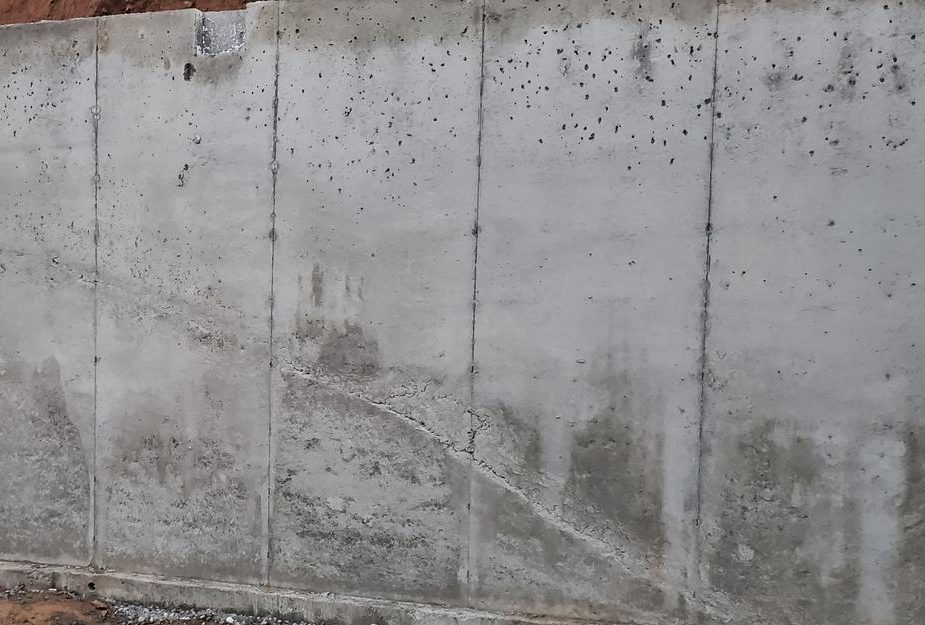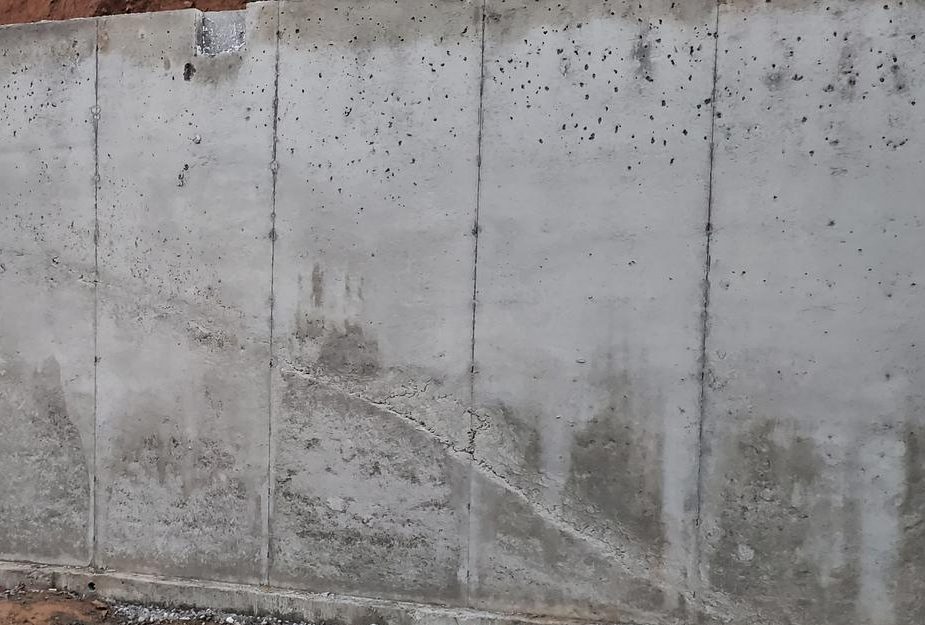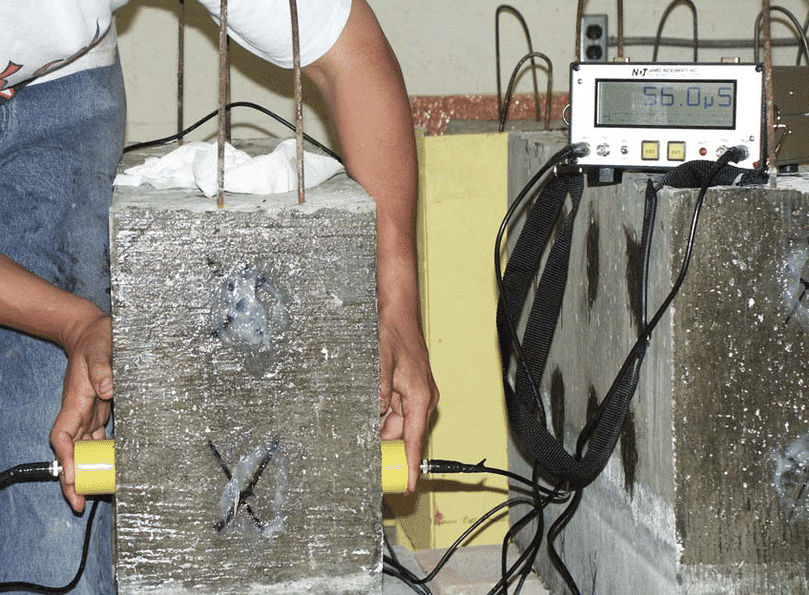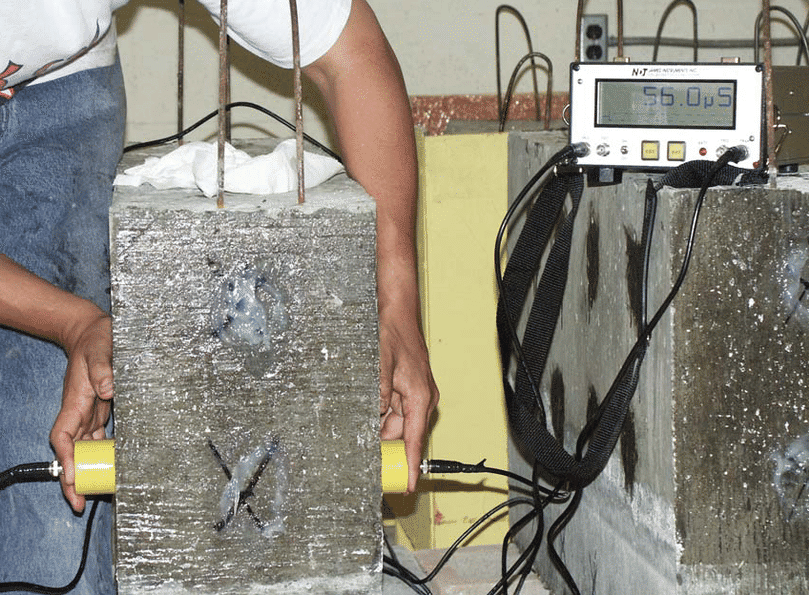Cold joints in concrete structures can occur due to lack of attention from the inspection team or due to ignorance of the concrete setting time.
Cold joints form in concrete for several reasons, which we explain in this article.
What is a cold joint in concrete? Why does a cold joint form in concrete?
A cold joint is a joint created between two layers of concrete when the second layer of concrete is placed after the first layer has begun to harden.
After the concrete's initial setting time, it begins to harden. Later, when new concrete is poured, the layers separate.
Furthermore, there may be insufficient penetration of the two layers and insufficient vibration.


Cold vs. cold joint construction joint
| Cold joint concrete | Construction situation |
| Form due to a design error | Construction joints are created specifically where they are needed. |
| Insufficient binding may be observed | Unless there are poor construction practices, but there are no such problems. |
| There may be problems with strength | There will be no such problems. |
| Could be avoided through ideal construction practices | Place it as the construction requires. |
Important Facts About Cold Joints in Concrete
Let's discuss the most important factors to pay attention to when it comes to cold joints in concrete.
- Lack of linkage
The formation of a concrete cold joint creates a weak bond between two pieces of concrete. This is due to placing concrete over concrete when it has already begun to harden (set).
The fragility of the joint depends on how late we pour the new concrete. The later we pour, the weaker the joint becomes. If we wait too long, the joint may separate.
- Reduces the strength and durability of structures
As new concrete is poured over already hardened concrete, strength issues arise. Additionally, stickiness of the grip and poor joint connection can lead to concrete durability issues.
Cold joints in concrete exposed to the external environment can cause durability of the concrete .
- the water is leaking
There is a possibility of water leaking through the cold joints. If there is a cold joint in a slab foundation that is not sealed, water leaks can occur.
Even small tiles in the bathroom area can cause water leaks if the joints are cold.
- Concrete deterioration
The formation of cold joints in concrete results in weak concrete. This can lead to premature deterioration.
This may not have a significant impact in interior areas with cold joints. If the joint is exposed to the external environment, there is a high risk of concrete deterioration.
Poor compaction of the concrete at the joints can also cause this problem.
- Traction failure
Although cold joints in concrete do not pose a structural problem under compressive stresses, they are weak under tensile stresses.
If the cold joint is formed in an area where tensile stresses act, careful inspection of the joint is necessary to avoid structural defects.
The formation of cracks, separations, etc. can be examined first. As reinforcement is provided for the section with tensile stresses, advance warning can be provided before failure occurs.
- Aesthetic appearance
A clear separation in the color of two shades can be visible to the naked eye. This is a problem in locations where aesthetic appearance is important.
How to Prevent Cold Joints in Concrete
Cold joints can be avoided if construction is planned correctly. This must be done with an appropriate allocation of resources and a proper assessment of strengths and weaknesses.
To avoid cold joints in concrete, it is important:
- Concreting sequence
An initial assessment of available resources is very important for any type of concreting work. Whether it is a small slab or a very large, thick piece of concrete, the construction team must be aware of its strengths and weaknesses.
To do so, the order of concreting must be determined. The size of the concreting (height, width and length) must be determined based on the amount of concrete arriving at the site and the time required to concrete.
If its length is too long or it takes longer to reach the starting point by choosing a large volume for single concreting, you can adjust it at the beginning of concreting.
The logic is to pour concrete over the old concrete before it starts to harden. In other words, the concrete is placed before reaching the initial setting time.
If the placement of the new layer is delayed, we can pour concrete over the old layer to renew the joint. This is particularly possible when concrete supply is slow.
- Concrete setting time
Generally, concrete setting time is about an hour.
If we add additives we can extend this time. In general, we can keep the concrete setting time to about three hours. However, this depends on local conditions and can be adapted to local needs.
We use this Additives and Retarders to delay the initial setting time of concrete.
How to Test Cold Joints in Concrete
It is necessary to assess the condition of the concrete cold joint if the structural element is very important. This doesn't mean we don't need to check the other types of cold joint concrete.
There are several methods available to assess the condition of cold joints.
- Ultrasonic pulse speed test.
This is a non-destructive testing method used to determine the quality of concrete.
We can determine the quality of concrete based on the speed of waves sent through the defective concrete.


- Ecological impact
This test is used to evaluate concrete and masonry structures. It is a non-destructive testing method that determines the properties of the structure based on the waves generated by the pulse.
- Rebound Hammer Test
The rebound hammer test is one of the most commonly used non-destructive testing methods around the world to determine the characteristic strength of concrete .
The strength of concrete at cold joints can be evaluated using this method
It is necessary to know the principle of this test. The rebound hammer test measures the property. It doesn't measure strength. Therefore, another destructive testing method such as core testing is necessary to develop the core ratio and determine the strength of concrete using the rebound hammer test.
The article, dumb In-Place Compressive Strength For more information about the relationship between non-destructive testing and destructive testing, see the framework.
Concrete Cold Joint Repair
Best practice is to avoid cold joints in concrete. However, if there are cold joints in the concrete for unavoidable reasons, measures must be taken if this affects the structural stability.
Additionally, it is important to note that cold joint repair is challenging compared to other methods of repairing defective concrete. The following methods can be highlighted.
- A binder can be applied to improve adhesion.
- To improve the workability of the compost, the use of soil may be an option. This allows two layers to vibrate better with each other.
- To improve the strength of the connection, dowel pins can be added.
- Check the possibilities for forming construction joints. Sometimes this is a better option than a weak gasket. Especially in areas where tensile stress occurs. Furthermore, special attention should be paid to the formation of cold joints in the concrete wall, as they can cause durability problems.
- If there are cracks in the concrete cold joints, they can be repaired with Concrete Crack Repair Methods such as epoxy resin injection methods or other similar methods.
Related articles
- Mas Concrete
- Laminated concrete
- Self-compacting concrete
- concrete
- All about concrete
- Concrete construction
- Reinforced concrete
- Ready-made concrete
- Advantages and disadvantages of reinforced concrete
- How to choose the quality of concrete
- Concrete properties
- Additive Testing

